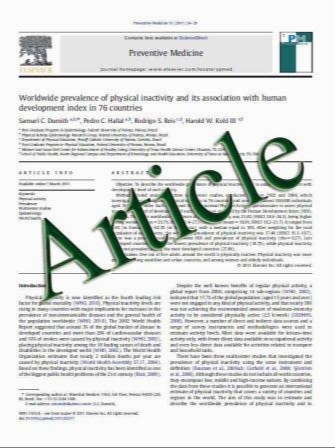A Role for Intestinal Alkaline Phosphatase in the Maintenance of Local Gut Immunity
- نوع فایل : کتاب
- زبان : انگلیسی
- مؤلف : Kathryn T. Chen Madhu S. Malo Laura Kline Beasley-Topliffe Klaas Poelstra Jose Luis Millan Golam Mostafa Sayeda N. Alam Sundaram Ramasam
- چاپ و سال / کشور: 2010
Description
Background and Aims Intestinal alkaline phosphatase (IAP) is a gut mucosal defense factor known to dephosphorylate lipopolysaccharide (LPS); however, the role of IAP in the gut response to luminal bacteria remains poorly defined. We investigated immune responses of wild-type (WT) and IAP-knockout (IAP-KO) mice to LPS and Salmonella typhimurium challenges. Methods Cryostat sectioning and standard indirect immunohistochemical staining for major histocompatibility complex (MHC) class II molecules were performed on liver tissue from WT and IAP-KO mice. WT and IAP-KO mice were orally gavaged with S. typhimurium; bacterial translocation to mesenteric nodes, liver, and spleen was determined by tissue homogenization and plating. In other experiments, WT and IAP-KO mice received intraperitoneal injections of LPS, with subsequent quantification of complete blood counts and serum interleukin (IL)-6 by enzyme-linked immunosorbent assay (ELISA). WT and IAP-KO whole blood were plated and stimulated with LPS and Pam-3-Cys, followed by cytokine assays. Results Immunohistologic liver examinations showed increased expression of MHC class II molecules in IAPKO mice. Following S. typhimurium challenge, WT mice appeared moribund compared with IAP-KO mice, with increased bacterial translocation. WT mice had [50% decrease (P\.005) in platelets and 1.8-fold (P\.05) increased serum IL-6 compared with IAP-KO mice in response to LPS injections. IAP-KO whole-blood stimulation with LPS and Pam-3-Cys resulted in increased IL-6 and tumor necrosis factor (TNF)-alpha secretion compared with WT Conclusions IAP-KO mice exhibit characteristics consistent with local LPS tolerance. Whole-blood response of IAP-KO mice did not reflect systemic tolerance. These data suggest that IAP is a local immunomodulating factor, perhaps regulating LPS–toll-like receptor 4 (TLR4) interaction between commensal microflora and intestinal epitheliumConclusions IAP-KO mice exhibit characteristics consistent with local LPS tolerance. Whole-blood response of IAP-KO mice did not reflect systemic tolerance. These data suggest that IAP is a local immunomodulating factor, perhaps regulating LPS–toll-like receptor 4 (TLR4) interaction between commensal microflora and intestinal epithelium
Dig Dis Sci (2011) 56:1020–1027 DOI 10.1007/s10620-010-1396-x Received: 4 January 2010 / Accepted: 12 August 2010 / Published online: 16 September 2010


